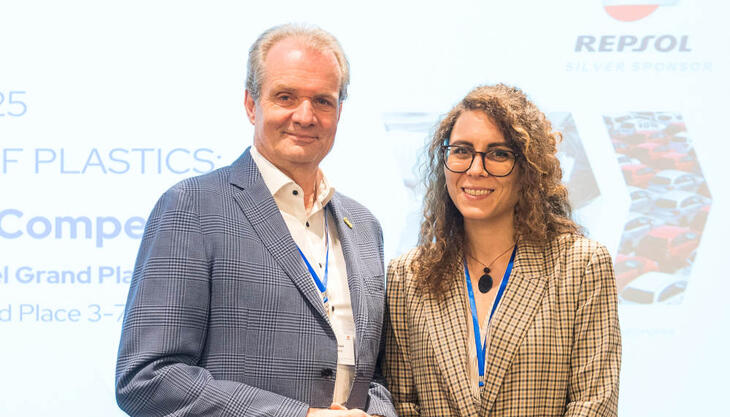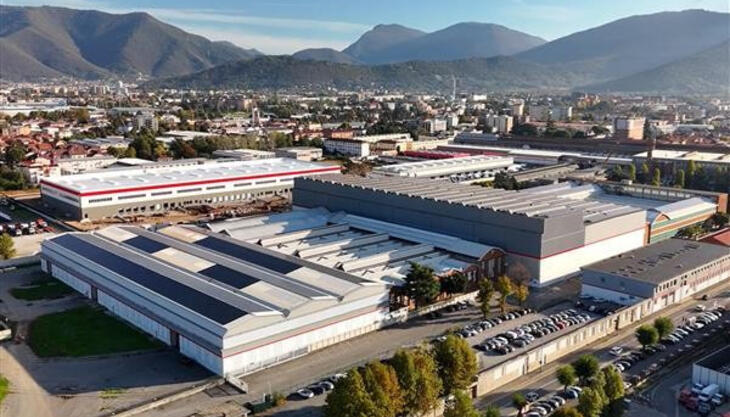Consolidation forEuropean cables
The European cable industry is showing signs of consolidation according to a recent report from AMI (Applied Market Information) on 325 cable extrusion sites across Europe. This new survey reports a slight drop of around 5% in the number of operational cable extrusion sites in Europe since its last edition (2008). The total consumption of compounds also dropped from 1.45 to 1.23 million tons over the same period with Italy and Germany leading the way. Manufacturers continue to refocus their product range with plants specializing in the production of specific cables supplied to certain markets often driven by local demand. In terms of materials, the report confirms PVC as the dominant polymer due to its competitive price, technical performance, and ease of processing. Linear grades of PE and low-smoke zero-halogen (LSF0H) materials have grown rapidly despite small volumes.
While the above figures suggest the market remains stagnant, cables continue to be at the forefront of technical innovation in the plastics sector in terms of formulation and modification of resin and development of additives. The renewable energy sector is also showing signs of growth and its demand for cable applications will offer encouragement to the European cable industry. However, demand in Poland bucks the European trend. Unlike almost all European nations, Poland has remained relatively untouched by the economic recession and its cables sector now accounts for around 10% of European polymer consumption. The local construction and infrastructure market, buoyed by the Euro 2012 football championship together with attractive overheads and labour costs, are the driving forces behind this surge.
















